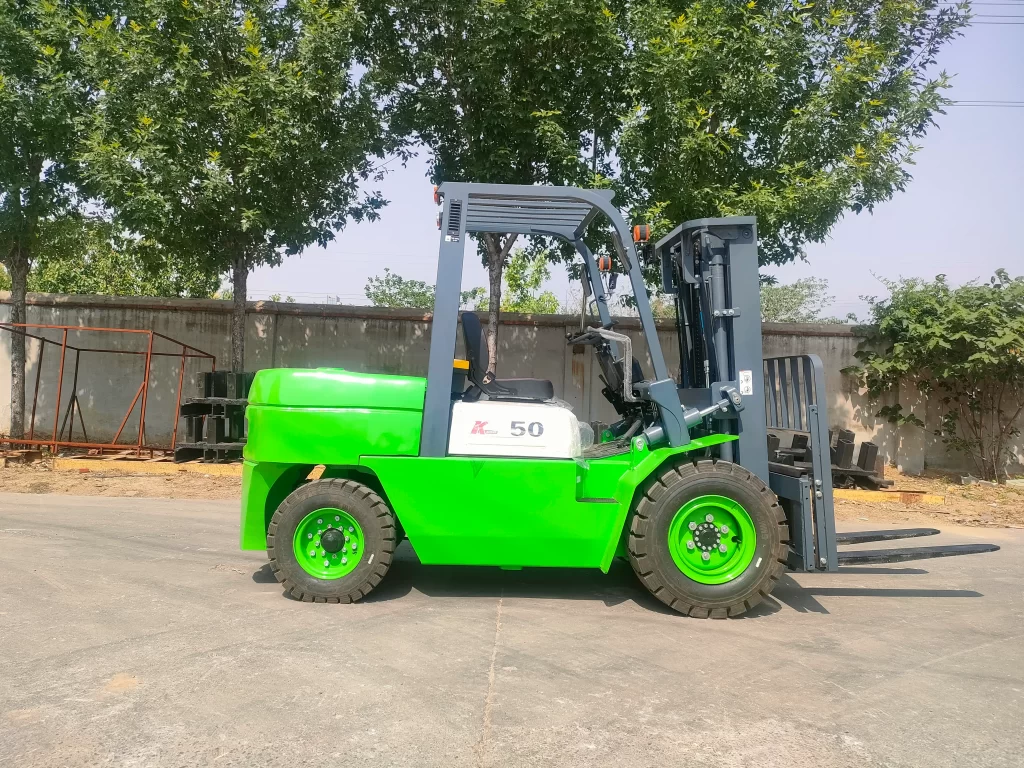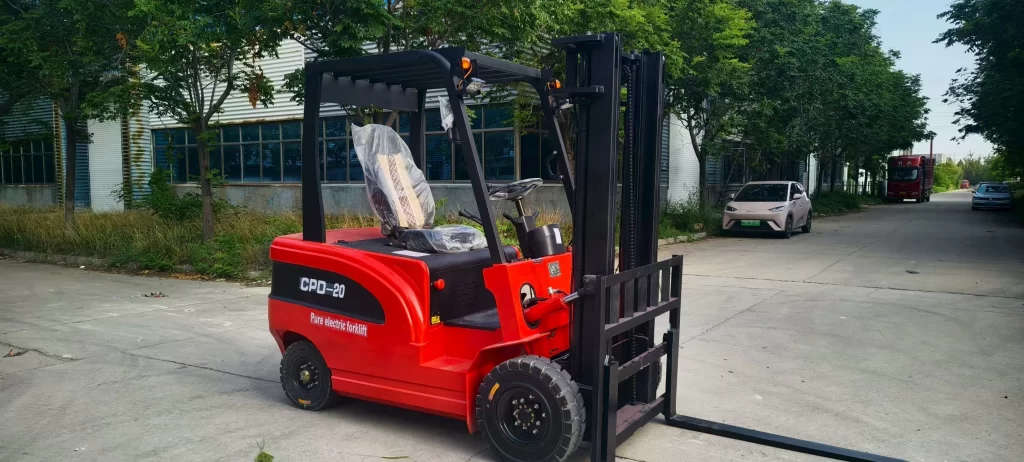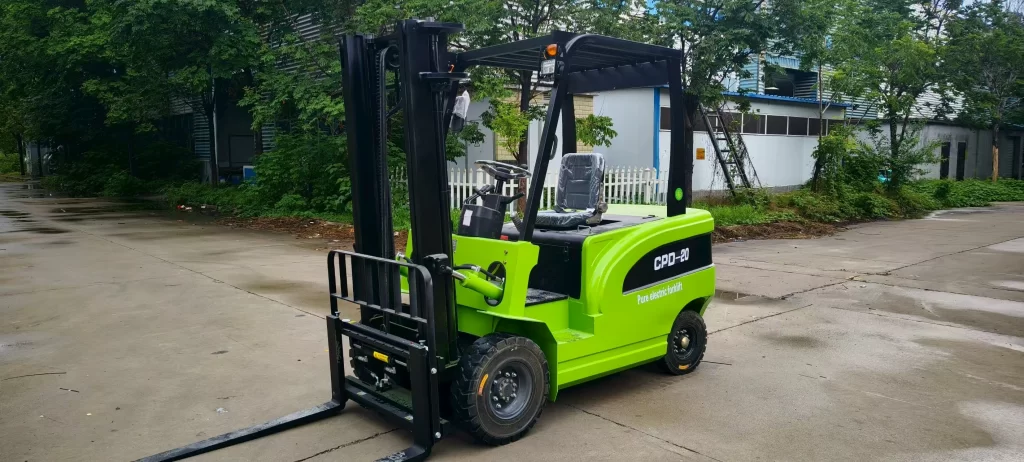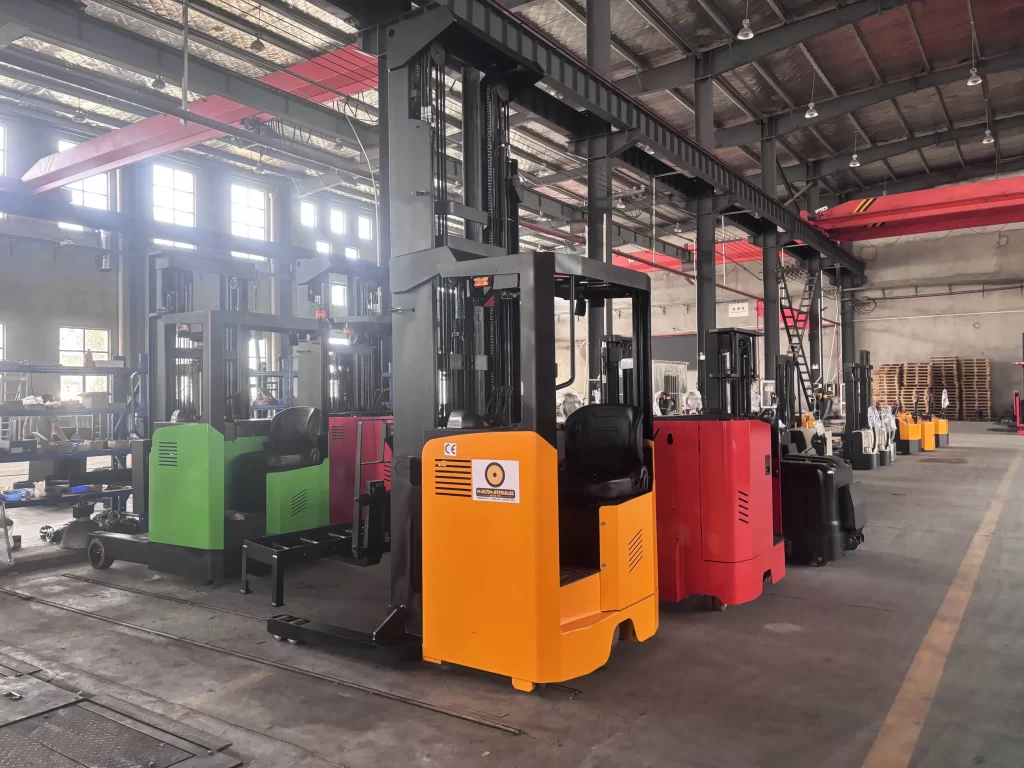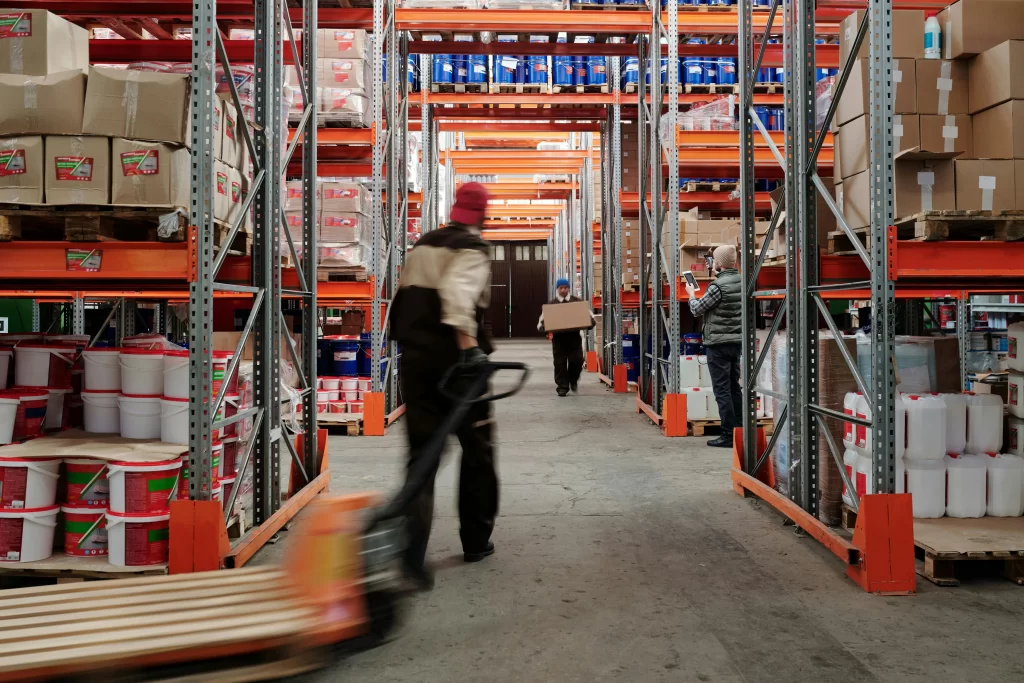What is the difference between electric forklifts and fuel-powered forklifts? Which is better, electric forklifts or internal combustion forklifts?
Briefly: Electric forklifts are powered by electricity. Compared to traditional diesel, gasoline, or natural gas-powered forklifts, they differ in terms of drive mode, operating costs, operating efficiency, and applicable environments. Electric forklifts are clean, quiet, and efficient, and are suitable for low-noise, low-volatility, and low-vibration environments. Internal combustion forklifts are more flexible and mobile, and are suitable for outdoor or high-noise environments. Let’s learn about the differences between electric and internal combustion forklifts and which is better.
What is the Difference Between Electric and Internal Combustion Forklifts?
Lift truck can be divided into two types based on their power source: electric type and internal combustion type truck. While both are forklifts, they differ in many ways. The main differences between electric and internal combustion forklifts are:
1. Different Drive Methods
Electric forklifts use an electric drive system and typically require a power source to operate. They are powered by various motors, including the drive motor, lift motor, and controller motor. Electric forklifts are typically powered by batteries, but other power sources such as supercapacitors are also available. Internal combustion forklifts are powered by a fuel engine, typically gasoline, diesel, or natural gas. They use traditional spark ignition or compression ignition systems to ignite the fuel mixture, which in turn drives the pistons to generate power.
2.Purchase cost comparison
Electric counterweight forklifts: Initial prices are relatively low (e.g., a 3-ton electric forklift costs approximately US$5,000, while a diesel forklift costs US$7,000), mainly due to the high cost of batteries and motors.
Diesel type trucks: Prices are stable, but the market is relatively chaotic. You get what you pay for. Due to varying requirements in different countries, emission standards for engines differ. For example, the US requires EPA-compliant engines, while Europe and the US require Euro 5 engines. The cost of the engine accounts for almost half of the forklift’s total cost. This makes diesel lifters significantly more expensive than electric forklifts.
3. Operating Cost Differences
Electric forklifts have relatively low operating costs because they only require the purchase of batteries and charging equipment. Furthermore, electric forklifts have lower maintenance costs because they lack complex engines and transmission systems.
Internal combustion forklifts truck have relatively higher operating costs because they require the purchase of fuel and lubricants, as well as regular oil and filter changes. Furthermore, maintenance costs are higher because they have complex engine and transmission components.

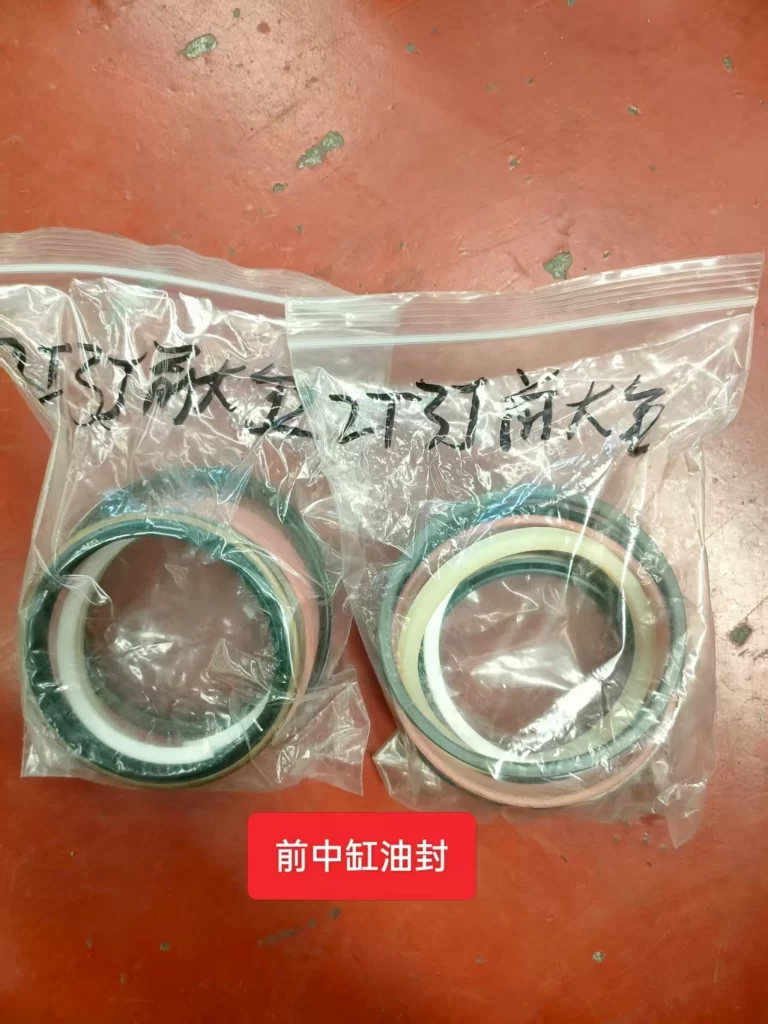


4. Operating Efficiency Differences
Electric forklifts have shorter operating times and require recharging mid-trip, but they offer high operating efficiency, greater torque at low speeds, and improved maneuverability.
Internal combustion forklifts offer high operating efficiency and can operate continuously for hours without interruption for refueling.
4. Differences in Applicable Environments
Electric forklift trucks are suitable for low-noise, low-volatility, and low-vibration environments because they lack harmful emissions and noise-generating engines. They are typically used in indoor warehouses and production lines.
Internal combustion forklifts are suitable for outdoor or noisy environments because they can operate without a power source and can meet higher load requirements. Internal combustion forklifts are typically used in freight ports, construction sites, and large production workshops.
5. Customer Preferences
Compared to electric forklifts, diesel engines offer more power for the same tonnage, making them more capable of lifting heavier objects. Some customers prefer these traditional machines, much like some experienced drivers prefer manual transmission cars or motorcycles. However, as a new generation forklift, electric forklifts have benefited from advances in battery and motor technology, becoming cost-effective. Currently, they are limited only by battery capacity. Once the issue of high-density batteries is resolved, this new generation darling will capture a significant market share.
Which is better, electric or internal combustion forklifts?
Compared with fuel forklifts, electric forklifts and fuel forklifts each have their own advantages and disadvantages:
1. Advantages and disadvantages of internal combustion forklifts
(1) Advantages
Because of the convenience of fuel refueling, it can achieve long-term continuous operation and can work in harsh environments. Fuel forklifts have the highest driving speed, lifting speed and climbing ability, and can be given priority when selecting a lifting vehicle. Forklifts can carry various tools to expand their use.
(2) Disadvantages
Gasoline lifters are light, diesel machines are heavy, and the oil will harden in winter, so gasoline forklifts are much better. In addition, the operating cost of fuel forklifts is higher than that of electric forklifts.
2. Advantages and disadvantages of electric forklifts
(1) Advantages
Because of no pollution and low noise, they are widely used in indoor operations and other working conditions with high environmental requirements, such as the pharmaceutical and food industries. They are more flexible and simple to operate, and the work intensity is lower than that of fuel forklifts.
(2) Disadvantages
Since each set of batteries generally needs to be charged after about 8 hours of work, spare batteries are required for multi-shift working conditions. Furthermore, improper battery care can shorten the battery lifespan.
In short, electric forklifts and internal combustion forklifts each have their own advantages and disadvantages. Choosing the right forklift type requires comprehensive consideration of factors such as the location, efficiency, and maintenance costs, and should be tailored to your specific needs.
Summary
Electric and internal combustion forklifts serve distinct purposes in material handling, each with unique advantages:
1. Core Differences:
- Power Source: Electric models use battery-powered motors (with optional supercapacitors), while ICE forklifts rely on gasoline/diesel/LPG engines
- Operating Costs: Electric offers lower fuel/maintenance expenses; ICE requires ongoing fuel/lubricant investments
- Performance: Electric provides superior torque at low speeds; ICE delivers continuous operation without charging stops
- Environment: Electric excels indoors (quiet, zero-emission); ICE dominates outdoor/harsh conditions
2. Comparative Advantages:
Electric Forklifts:
✓ Eco-friendly (no emissions)
✓ Lower operating noise
✓ Reduced maintenance complexity
✓ Ideal for food/pharma/warehouse use
✘ Limited battery life (typically 8 hours)
✘ Requires charging infrastructure
Internal Combustion Forklifts:
✓ Unlimited runtime with quick refueling
✓ Superior power for heavy loads
✓ Better for rough terrain/outdoor use
✘ Higher fuel/maintenance costs
✘ Emissions and noise pollution
3. Selection Criteria:
Choose electric when:
- Operating in enclosed spaces
- Prioritizing clean energy
- Handling medium loads with frequent stops
Choose ICE when:
- Working extended shifts outdoors
- Needing maximum power/torque
- Operating in temperature extremes
Market Trend: While ICE forklifts maintain dominance in heavy-duty applications, electric models are gaining market share through battery technology advancements. The ideal choice depends on specific operational requirements, with many enterprises now adopting mixed fleets for optimal efficiency.
Final Recommendation: Conduct a thorough cost-benefit analysis considering:
① Daily usage patterns
② Facility/environmental constraints
③ Total cost of ownership
④ Future sustainability goals
This balanced approach ensures selection of the most cost-effective and productive solution for your material handling needs.
